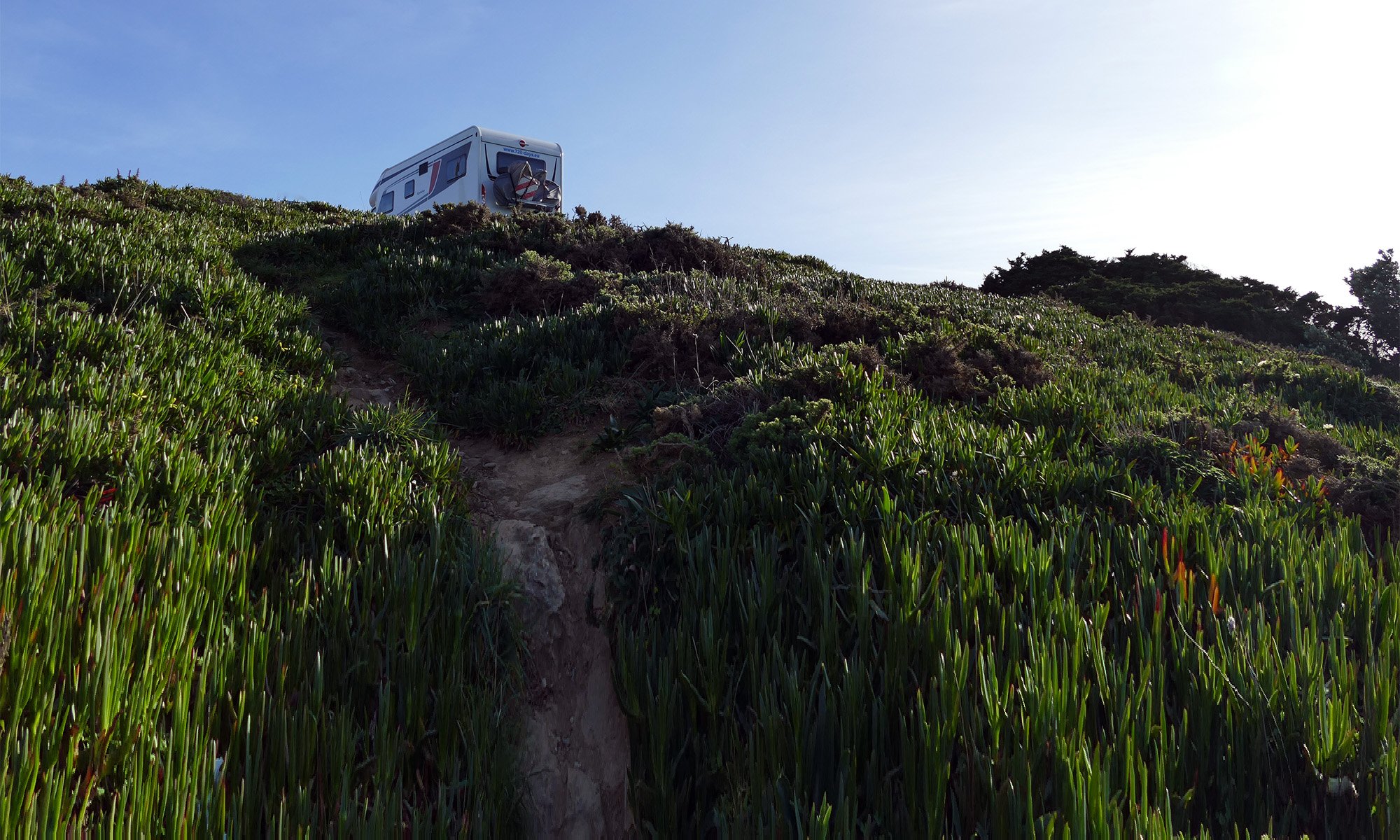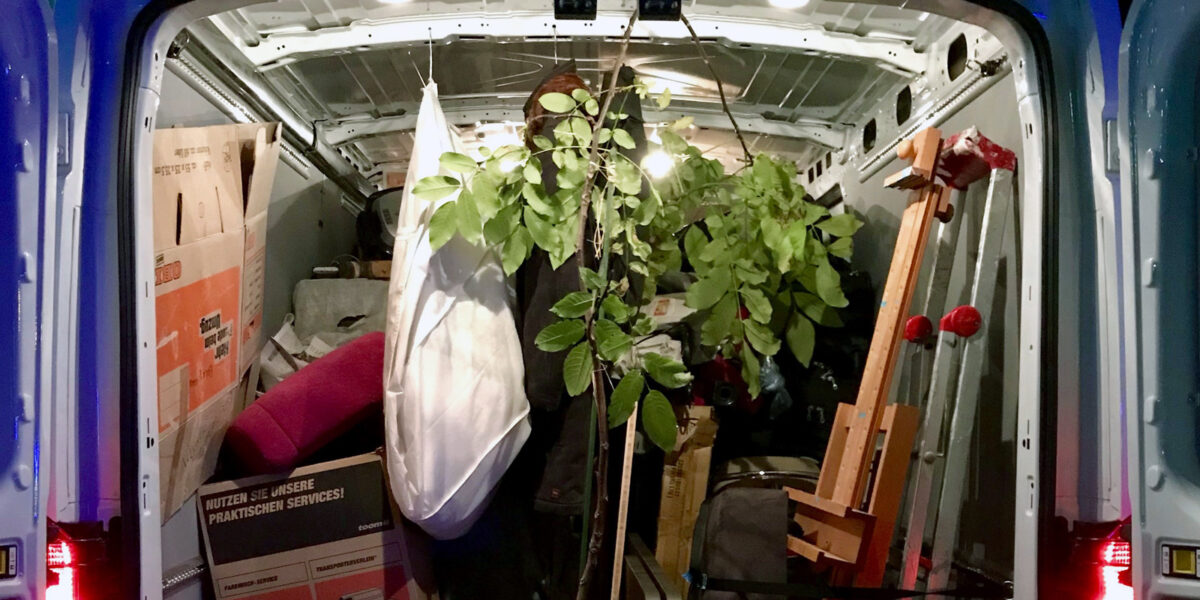Minimalism is en vogue – everybody seems to declutter. We got also infected by the decluttering fever about four or five years ago. Every year in January, we went through all our stuff and sorted out everything we didn’t need anymore.
On top of that, we purchased less during the last years. However, we disposed every year many bags and boxes full of stuff – really astonishing.
But now it is time to really go minimal. We don’t have a lot of space in our motorhome. It took us about two to three month to declutter everything. These were the 5 steps we took:
Categorize everything
First, we categorized everything into 3 groups: Take with us, store for future use and give away. We used the Marie Kondo system and went through all our stuff category by category; i.e. first all clothes, then all kitchen supplies, etc.
It was rather easy to determine the few things that we wanted to take with us since weight and space are heavily limited. To decide what to store and what to give away was more difficult. While we decided before on “can we use the item later?”, we needed a new decision criterion. This time we asked ourselves: “Would we purchase the same item again?” and “Is it cheaper to store or to repurchase the item?”
In the end, the “take with us” group was the smallest and the “give away” group was the largest.
First sales wave
Bigger items like furniture
The second step was to take pictures of all bigger items and offered them at a classifieds website. We used eBay Kleinanzeigen and Shpock. We almost sold all of our furniture via these two platforms. It is really easy to create an offer – however selling afterwards is quite exhausting. One thing is that most people want to negotiate and the other thing is that some people just don’t show up; even though they promised.
Regarding negotiations: No matter how we set the offer price compared to the market price (we tried out different strategies here), about 90% of the inquiries started with a question for a discount. If counter asked about the wished discount, the requests were impertinent – asking often for discount up to 80%. Sometimes, we thought about giving away our stuff for free would be better than selling them at this low price. At one point we stated in our offers explicitly that we don’t negotiate and the inquiries dropped significantly.
Regarding no shows: About a third of the people did not show up to the agreed appointment – even without telling us in advance. We always contacted them afterwards. Some did not answer at all, others said “well, I just didn’t make it”. Interesting, the problem did occur more often on eBay than on Shpock.
Our learning: You can sell everything but it is time consuming and nerve-wracking.
On the other side, we earned several hundred Euro and got approx. 20-25% of the original purchase price.
Media
In the first wave, we also sold books, CDs and DVDs. We tried to sell them via momox and rebuy. We were really surprised about the prices they pay e.g. some professional books that originally cost more than 100€ brought only 0.15€ and some books for which we originally paid for 10€ brought us 7€. It was just a pity that they only take so few media. In total, we were able to sell about 250 items.
Computer
We also sold our iMac in the first wave. It was also the item that we got the highest amount. Formerly, we always sold our apple products via Amazon marketplace but we didn’t find the correct configuration (it was an older model). And since we had such a bad experience with the classifieds websites we searched for another option. And we found wirkaufens. The platform has fair prices. Everything worked well. And even though our valuation of the condition differed from the valuation of the platform, the final price was ok. We got for a fully equipped 8 year old iMac more than 500€.
Storing items
Over time we collected all items that we wanted to store in our office. The only furniture we keep is our coffee table (an old travel case that we refurbished), a nightstand (heirloom that we refurbished) and our cinema chairs.
Additionally, we keep 25 boxes; thereof 8 boxes full of books. Sorting out books was probably the hardest thing. Especially Conny really loves books and together we had about 2,500 books. Now we are down to about 600.
We are really lucky that Christians parents made room for our items. That way, we don’t have to rent a storage space.
Second sales wave – home flee market
The second sales wave was about selling smaller items. Again, we offered the most valuable items via classifieds websites. That worked well for some items e.g. our golf set and it not so well for others e.g. our in-line skates.
To sell the remaining items we organized a flee market in our apartment and had a little experiment: We did not set any price. It was interesting to see how difficult it is for some to state a price.
We would have liked to welcome more people. But those who came purchased quite a lot of things – that is why we generated a nice additional allowance for our gas budget.
Donating and collection station
We still had a lot of items after the second sales wave. We didn’t just dispose them and therefore donated everything to the social department store of Diakonie in Munich.
We donated about 15 moving boxes and some smaller furniture. Unfortunately, they don’t accept plants or older books.
Everything that Diakonie did not accept (another 10 moving boxes), we disposed at our local collection station. That was probably the hardest part because most of them were books and we really, really hat to throw away books.
Summary
To become minimal was quite a long process. It takes some patience if you want to make sure that your items will be used further and if you want to get some money for your belongings.
In the end we are really happy about the result. We feel freed and don’t miss anything.


